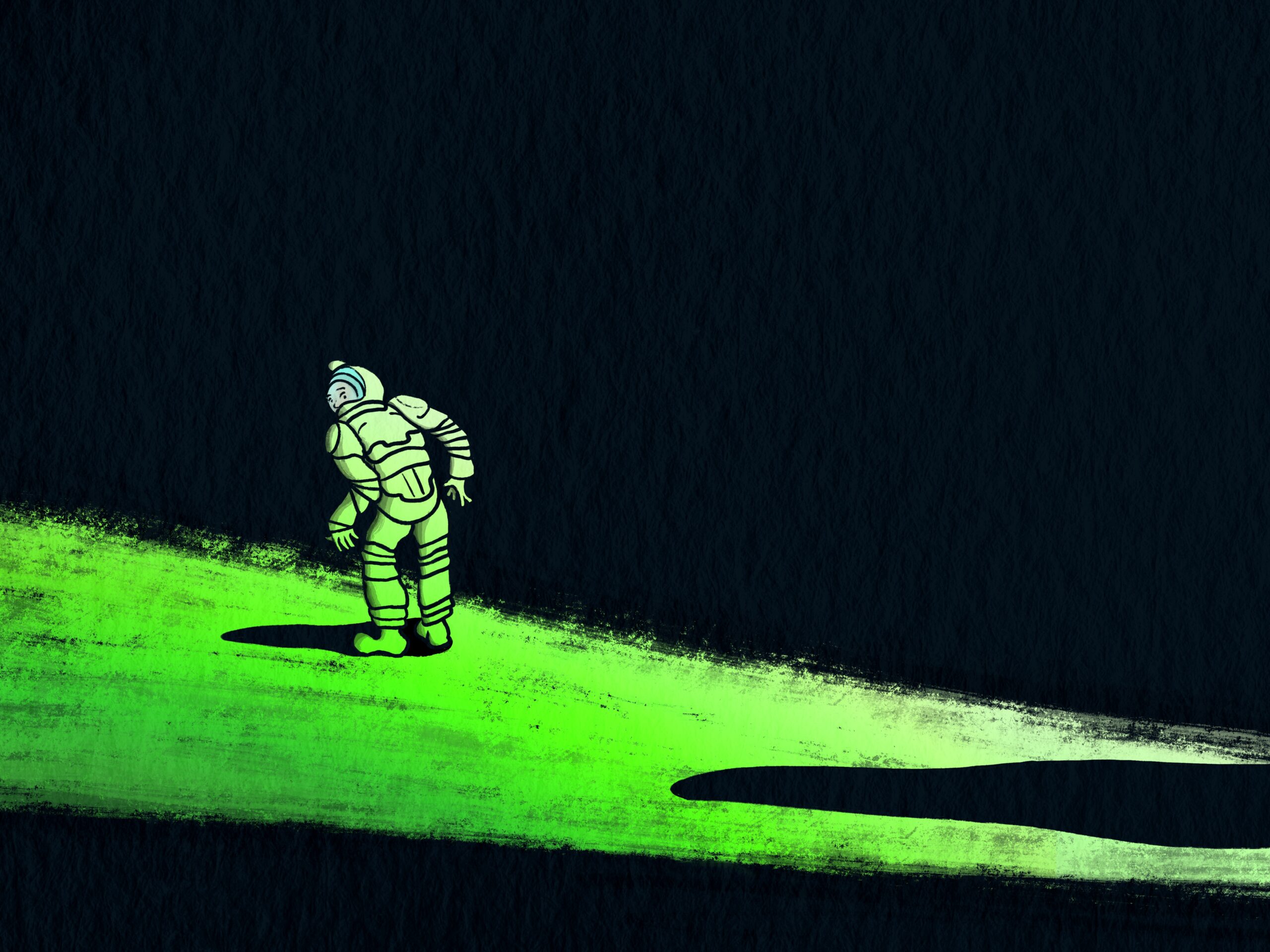“There are more things … likely to frighten us than there are to crush us; we suffer more often in imagination than in reality.”
-Seneca (4 BCE – 65 CE)
Playing a horror video game requires constant vigilance, concentration and split-second decision-making. One must keep their eyes on the lookout for whatever may be causing the shadows to move ever so slightly. Or figuring out what could be causing those footsteps in the distance, whether they are moving closer or further. The music may sting when the player enters a certain space, or if something else enters their space. But what players are on the lookout for most are jump scares. Scripted moments in horror games, and other mediums such as films, startle the audience by combining a shocking event or image with loud sound effects. Many horror movies — such as“The Conjuring” franchise, for example — are notorious for their over-reliance on jump scares to keep the audience engaged. Though jump scares are effective the first time, with enough experience players get used to them, influencing how they interact with all horror media. But Creative Assembly, the developers of “Alien: Isolation”, kept these weaknesses in mind during development, resulting in a timelessly horrifying game.
The horror of “Alien: Isolation” stems from the game’s main antagonist, the Xenomorph, an intelligent monster that learns how to hunt the player just as the player learns to evade it. Similar to the 1979 classic, “Alien”, the player controls Amanda Ripley (daughter of Ellen Ripley) as she navigates the decrepit Sevastopol Station, searching for evidence regarding her mother’s fate.
The Xenomorph’s hunting A.I. is considered one of the most advanced in video game history, which also makes it one of the most terrifying. Instead of expecting jump scares, players are constantly on the lookout for the xenomorph as it prowls the ship shaking them. Since the Xenomorph can come from anywhere – the ceiling, vents, an unassuming room – players are forever vigilant. The design of the Xenomorph is also “biomechanical,” meaning that it’s meant to blend into industrial settings such as ships, engine rooms, etc.
Other than the Xenomorph, the Working Joes are another enemy trying to hunt Amanda down. They’re expressionless androids whom some may consider more annoying than the Xenomorph, because they cannot be scared off by a bomb, Molotov, or even the flame thrower. Though the Working Joes aren’t actively hunting the player, at least not at the beginning of the game, once they spot the player, they’ll immediately go into attack mode and chase the player down. The developers exploit the players’ observance by planting subliminal cues into the world, a derelict space station, that reminds players of the Xenomorph and Working Joes.
One example would be the hissing sound that doors make, accompanied by the subtle musical stinger that plays every time it opens. The hissing of the door would remind the player of the hissing sound that they’ve come to associate with the Xenomorph Such sound design combined with the game’s low light may give players the impression that the Xenomorph is just around the corner or has spotted them.
Another form of subliminal messaging prevalent throughout the game comes from the multiple posters scattered throughout the station . Though they are seemingly normal posters at first glance, taking a second look shows them holding references to in-game dangers.
The presence and power of the Working Joes is constantly hinted at throughout the game, specifically via the advertisements that cover the ship’s living and working quarters. One example would be the poster at the top right of this collectionfeaturing a Working Joe looming over two men as they talk. The poster also features the caption “You Always Know a Working Joe,” one of the lines the Working Joes repeat to themselves when set in idle mode. Another line repeated by them is, “With Seegson there’s someone behind you. Helping you. Every single step of the way.”
This line is especially unnerving; the Working Joe is saying that there’s someone behind the player followed by a short pause -not something a player would enjoy hearing in a horror game. The subliminal presence of the Working Joes keeps the player on edge longer than what can be said of scripted moments of intensity.
The developers also employ the game’s visualdesign as a way to subliminally remind the player of the Xenomorph threat. Many of these tricks have been extensively covered by Rob Ager on his YouTube channel Collative Learning. One of them is a bundle of pipes that can be found in the vents, which are only recognizable as pipes up close. But given the game’s, and by extension the vents’, darkness combined with fog, these pipes seem to be the Xenomorph’s body lying down; either dead, resting or waiting. Another visual element is the game’s usage of overhead cables and pipes to mimic the Xenomorph’s physiology, letting the player think that it’s hiding in plain sight just above them. That same bundle of cables and pipes also leads into what seems to be a dark overhead tunnel, which the Xenomorph frequently uses to travel around the ship. This form of set design is prevalent at almost every level of the game, even in the safe zones, to remind the player that the Xenomorph can be and is everywhere.
The game “Alien: Isolation” stands out as being one of the most innovative pieces of interactive horror, as well as one of the scariest. It keeps the player simultaneously engaged and cautious throughout the runtime without an overreliance on jump scares. Creative Assembly shows that reminding the player of the monster threat can be just as effective as having it on screen, making the game terrifying even after multiple playthroughs.
alien-isolation-2.jpg (A relentless Working Joe) (Image via Disney)
screenshot_07.jpg (The Xenomorph) (Image via Disney)
297046714_5380097618737934_4390523957857825275_n.jpg (The aforementioned poster) (Image via Disney)

















